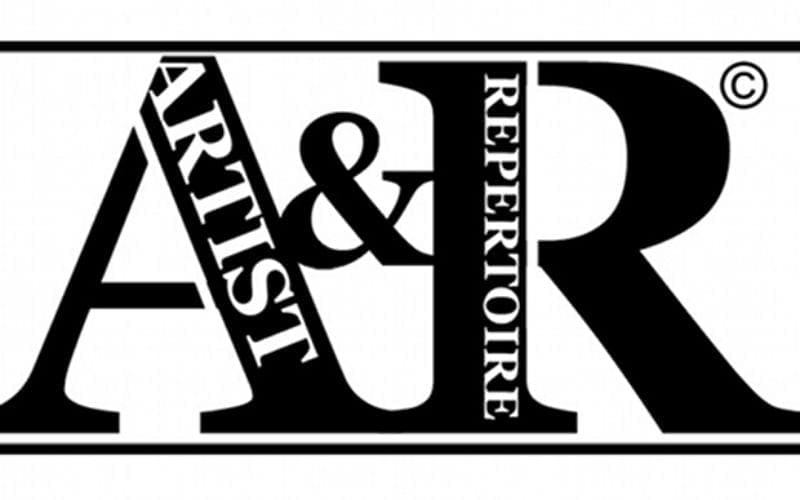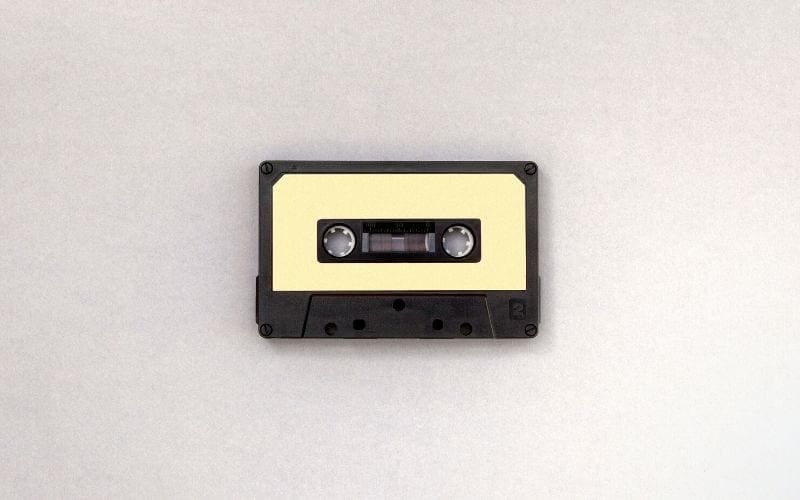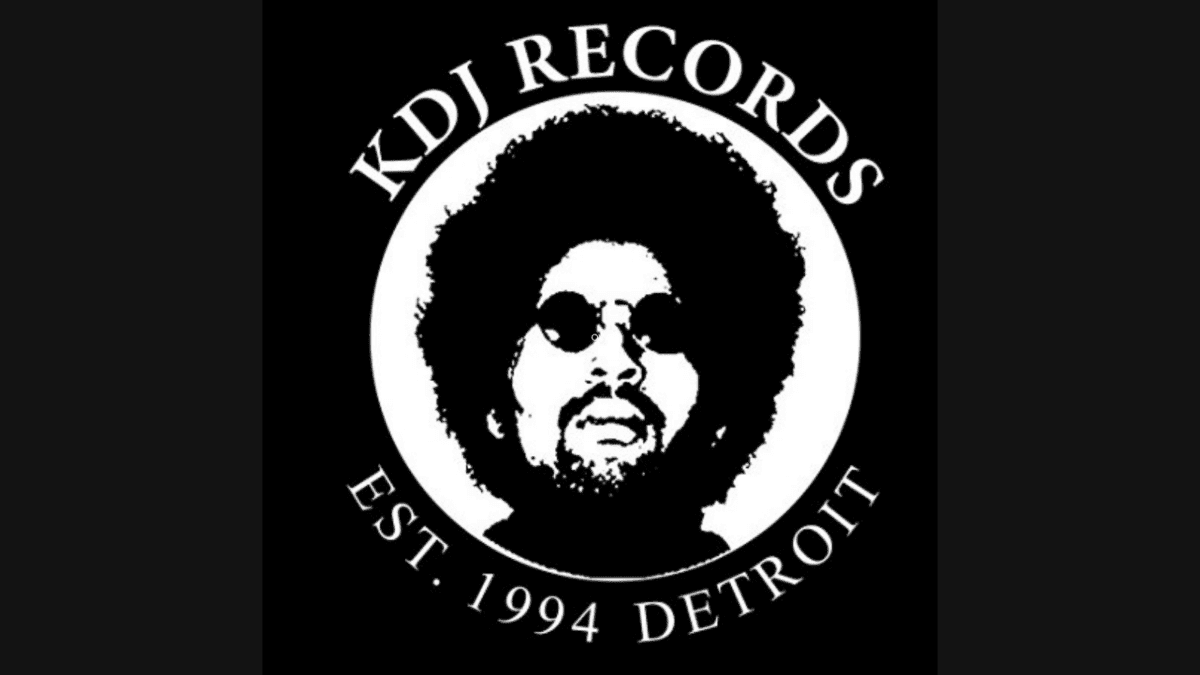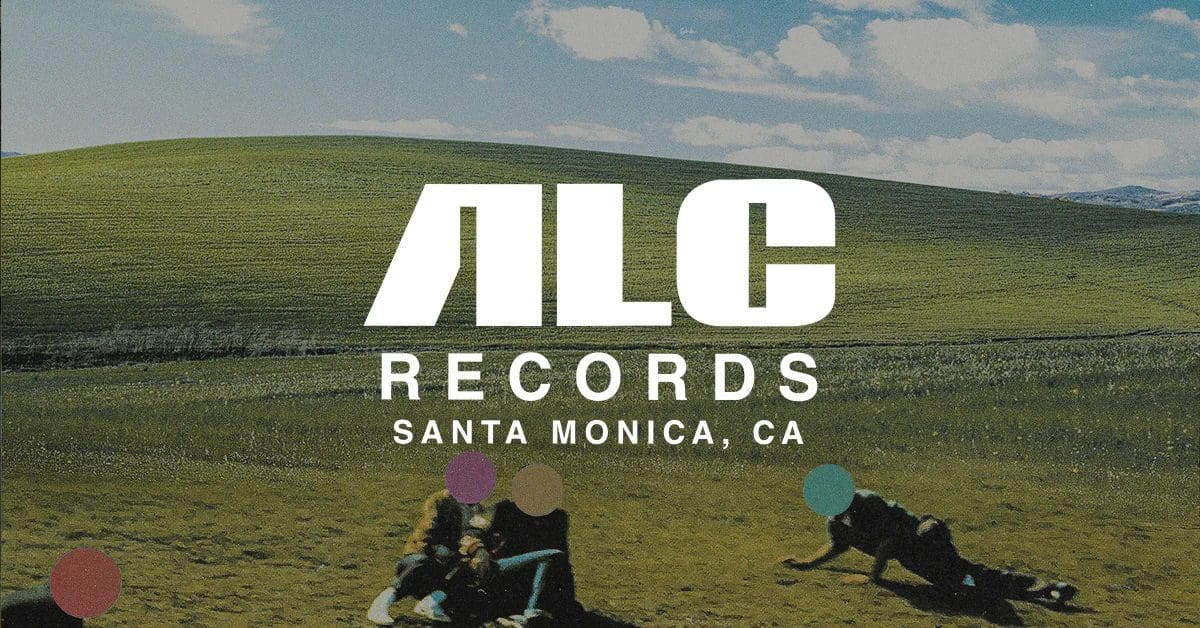In this article, we will take a detailed look at what A&R is, the various roles involved (specifically, what it is that A&R reps do) and how A&R has changed over time.
Additionally, we will explore what artists can do to adapt to the new landscape and take some A&R into their own hands.
What Is A&R?

A&R stands for ‘Artists and Repertoire’. So, what is A&R in music? A&R is the department of a record label that, historically, is responsible for talent scouting and finding artists to sign to the label. As well as overseeing the recording process and artist development, and assisting in marketing and promotion. Essentially, A&R goes between the artist and the record company. They work closely with the artist to find a balance between the artistic vision of the talent and maximising sales for the record label. A&R is critically important for a record label (as well as for artists). As it refines the sound of the music released on independent labels and then helps to connect the target audience with that music.
A&R Reps
When people imagine working for a big record label, the A&R jobs are usually what they want. A&R positions are usually represented in film and television as being quite glamorous. A&R people are closely involved with artists and most of the creative aspects of the process (from signing to releasing) as well as finding talent. Conversely, it is also the A&R reps that get blamed when they find themselves in the middle of a conflict between the artistic vision of the musician and the sales-oriented goals of the label.
An A&R rep is also often seen as the gatekeeper of the industry due to helping decide who gets signed when signing new talent. As well as what songs get recorded (especially when the artists don’t write their own songs), what songs go on an album, and how the artists are presented to the public.
Though many artists have interpreted rejection from A&R reps to mean they are not good enough for a record deal, in reality, it is less personal and more a matter of the rep not feeling the artist is a good fit for the label. The artist may alternatively be something they can’t market well enough to generate a lot of sales. This is especially true as more boutique labels with a genre-specific sound emerge and develop their own following, relying less overall on the fans of artists to sell units and more so on their own fanbase. Music Supervisors also have a close relationship with an A&R manager.
Shift In A&R
In the past, the role of A&R was fairly cut and dry. More recently, we have seen a shift, and artists are more likely to experience A&R at varying levels, if at all.
Larger and more established labels usually still have a conventional A&R set-up (particularly when concerning bands, singers, and other ‘traditional’ recording artists). This is largely due to the fact that these labels sign artists to release exclusively with them. The label is thus more invested and wants to make sure that they get a return on its investment. A more hands-on, traditional, A&R approach is one way to help achieve that. Furthermore, because these labels release a variety of genres (whether on the main label or a sub-label) they generally don’t have a built-in fanbase that follows their releases and rely on the fans of the artists to generate sales. This creates even more motivation on the label’s behalf to build and reach a target audience for the artist.
Electronic Musicians
Electronic musicians (who are less likely to be signed exclusively as an artist and instead often sign individual tracks, EPs, or albums) will see a range of involvement from a label depending on its size, goals, and experience. The market (especially for Electronic music) is so saturated that there is a surplus of labels that do little for an artist other than distribute music to various online sales sites and streaming services. Even many of the larger electronic labels do little more than receive new talent (as opposed to actively seeking it out, a historically fundamental role of an A&R rep).
Generally, they don’t need to look for artists or music discovery to release, as they are bombarded with listening to demos. Labels instead often just plug music they sign into their already running promotion and marketing system. That said, there are still labels that help develop artists and the music business, it just is no longer the norm.
Given the way the music industry has transformed, there are some things that artists can do to help take key aspects of A&R into their own hands.
Role 1: Discovering And Signing Talent

You may not be able to sign yourself to a label, but there are steps you can take to help tip the scales in your favour and get noticed. Really listen to what the label is releasing, and make sure your music fits. Not only stylistically, but in terms of quality. Take the time and make the investment to do what you can to get your music mixed and mastered well enough. This allows you to submit the best quality demonstration of your work that you can. A demo is exactly that, a demonstration of the label of what you have to offer.
As good as you think you are (and may very well be), the label needs to feel that there is an audience for your music. They also need to feel that the quality of your work is within a range that inspires audiences to spend their money on it.
In truth, you may get rejected because your music isn’t good enough. Although, often the problem is simply that you are submitting to the wrong label. Avoid submitting blindly to labels. It is a waste of time to give music to a label that doesn’t even represent what you are offering. Making a personal connection also never hurts, even if that means reaching out to another artist on the label to leverage an introduction. Plain and simple – people want to work with people they like. So, making friends wherever you can is never a bad idea.
Role 2: Overseeing Recording And Artist Development
This one is a little more challenging, but not impossible. Few artists are static, they usually mature and grow over time as they gain new experiences and skills. Not to mention that fans want to hear new music and not just rehashes of the same few songs. One way to develop and refine your sound is to listen to other artists and see what they are doing. This doesn’t mean you should outright copy them. However, gaining new influences and learning new techniques are never negative and can be achieved by doing some research. Pay attention to which songs are getting the best response and highest sales. Also, look at what is charting and doing well for other artists in the same genre.
This doesn’t mean you should lose focus on the sound that defines you. Just understand that, if it does change, the label(s) you work with may no longer be a good fit. To keep that relationship alive, make sure that as your sound develops, it is still something the label can sell. Referring back to earlier, labels nowadays (especially boutique labels) often have an overall sound on which they focus. Reaching out to other artists on that label could help cement your place with that label and keep you developing as an artist. Just remember, labels are in business to sell units. The music you make and release with them needs to fit their audience as well as your own.
Role 3: Assisting In Marketing And Promotion
Most labels already have a marketing system in place, but it rarely hurts to do your own promotion. Or better yet, ask the label what you can do to help in the marketing of your music and music publishing. Some labels can be strict with their imaging, wanting to focus more on the label’s brand consistency than particular artists. However, at the end of the day, they want to sell units and will appreciate the assistance. This is especially true for boutique labels that do not have the advertising budget that major labels have. Involving yourself as much as possible helps maintain your desired image and brand, and helps expand your listener base.
Social media and email lists are an organic and fundamental place to start. Making it as easy as possible for people to discover and interact with your music is a key aspect. Instead of just providing SoundCloud links, creating simple videos or animations, for example, can improve engagement. It doesn’t have to be costly either. With a little digging, you can find free mobile and desktop apps to help create a quality product. This includes designing industry-standard apps from Adobe that are free, like Spark Video and Spark Post. Check out our article on free video editing software for more help!
Conclusion
While this is not a definitive list (especially since every case is unique), these are solid general guidelines to help you out when a traditional A&R situation is not available. Which is, honestly, more likely than not. Help out in any way you can, and don’t simply rely on the label to do all of the work – for both your sake and theirs! By utilising both the label and your own time, you can begin to create momentum.












